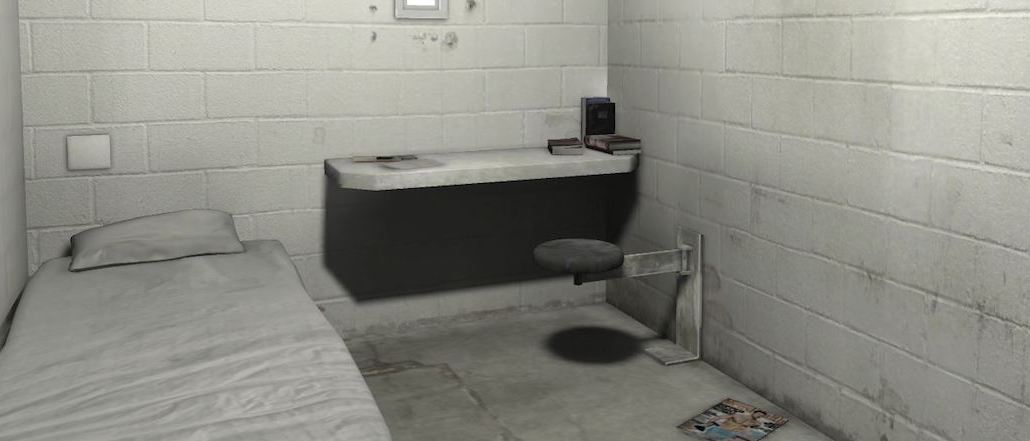
The Guardian took the wrapper off its first-ever VR project yesterday, an exploration of solitary confinement and its effects on the prisoner’s psyche. “6×9 A Virtual Experience of Solitary Confinement” is the fruit of nine months’ labor — and is just the first of many more to come.
The effort would seem an extravagance at a time of belt-tightening at The Guardian, which has plans to cut costs by 20 percent over the next three years. But with video on the lips of all publishers, and VR thought the next big thing in video, The Guardian does not see VR as a nice-to-have side project.
“VR is no fad. It will be even more important in a year’s time,” said Aron Pilhofer, The Guardian’s executive editor of digital. “We [publishers] are all trying to figure out where it fits in our overall video strategies, but we know it will be a bigger and bigger part of what we do.”
Pilhofer is confident VR offers good commercial opportunities. For starters, the 6×9 project had six sponsors (Google News Labs, Tribeca Film Institute, Chicken and Egg Pictures, Frontline, Solitary Watch and Incarcerated Nation), making the cost of the project less forbidding for the publisher.
“The New York Times has demonstrated for them that it’s profitable,” he said. They’ve led the way in terms of having a blend of editorially led and sponsored projects.”
For this project, The Guardian worked with special-effects studio The Mill to create a virtual 6×9-foot prison cell. It then had former inmates from prisons in California and New York describe how being thrust into solitary confinement for between 22 and 24 hours a day affected them psychologically.
One prisoner described his hallucinations, which included visions of his mother. As he talks, the viewer sees the haunting image of a person flicker in the cell. Another prisoner relates that he used to think he was floating in the air. As he talks, the viewer rises disorientingly above the cell bed.

The experience can be had through a VR headset like Google Cardboard (retail price $15/ £10) or via a Guardian app. Those using the app can listen to the audio and navigate around the room in 360-degree video without being physically immersed in the environment.
The Guardian had a team of three people who worked on creating the project, spearheaded by its multimedia special projects editor Francesca Panetta last August who was the sole full-timer on the project. Two of them became involved late last year. In all, Panetta interviewed six male inmates and one female for the project.
Viewers trigger different stories depending on what they look at. For example, if you look at a letter that’s on the bed, that triggers the audio of the former inmate reading the letter. That means there are several different ways a person can experience the story, depending on what order they look at objects in the cell. It’s sort of a choose-your-own-solitary-confinement adventure.
The Guardian is putting a lot of effort behind marketing the VR experience. That will entail the usual promotion across its social channels, but it will also be followed by a load of other editorial content to support it and extend the narrative, while driving people back to the VR experience. A video depicting the story of one of the inmate’s families will accompany the experience, as will numerous other articles and additional, extended podcast interviews with the inmates.
“We deliberately picked an ambitious subject matter,” said Pilhofer. “We walked to the deep end of the pool and jumped in to see what a project like this would entail.”
More in Media

No playbook, just pressure: Publishers eye the rise of agentic browsers
For the bulk of publishers, Google is, as ever, the one to watch. It’s already got agentic features within its Chrome browser, but that’s the tip of the iceberg, some say.

The biggest SEO lessons in 2025 for publishers
KPIs are changing, more AI search data is becoming available, and publishers are looking beyond search to grow their audiences and revenue.

Digiday’s comprehensive guide to what’s in and out for publishers in 2026
Adaptability stopped being a nice-to-have for publishers years ago; it became a survival skill. Here’s a look at Digiday’s guide to what’s in and out for 2026.





